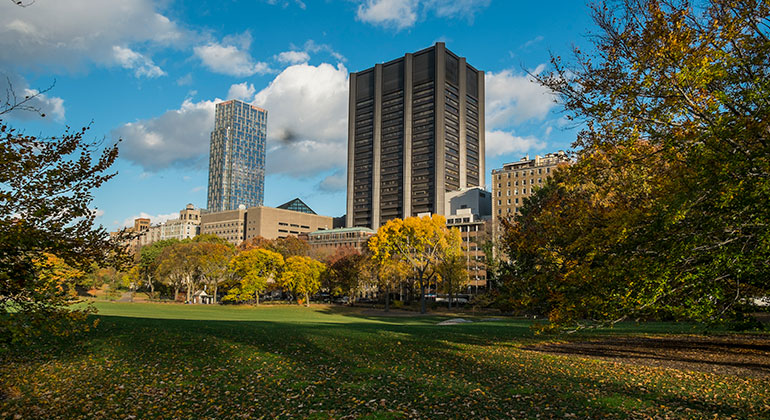"Century After Pandemic, Science Takes Its Best Shot At Flu" - Lauran Neergaard
A century after one of history's most catastrophic disease outbreaks, scientists are rethinking how to guard against another super-flu, like the 1918 influenza that killed tens of millions as it swept the globe. There's no way to predict what strain of the shape-shifting flu virus could trigger another pandemic or, given modern medical tools, how bad it might be. But researchers hope they're finally closing in on stronger flu shots, ways to boost much-need protection against ordinary winter influenza and guard against future pandemics at the same time. Scientists are trying different tricks to spur production of antibodies. In New York, pioneering flu microbiologist, Peter Palese, PhD, professor and chair of microbiology at the Icahn School of Medicine at Mount Sinai, uses "chimeric" viruses - the hemagglutinin head comes from bird flu, the stem from common human flu viruses - to redirect the immune system. "We have made the head so that the immune system really doesn't recognize it," Dr. Palese explained. Still, no one knows the ultimate origin of that terrifying 1918 flu. But key to its lethality was bird-like hemagglutinin.
- Peter Palese, PhD, Professor, Chair, Microbiology, Professor, Medicine, Infectious Diseases, Icahn School of Medicine at Mount Sinai
Learn more
Additional coverage:
American Press
Tampa Tribune
Tampa Bay Times
Newsmax Health
National Post
Boston Herald
The Washington Post
